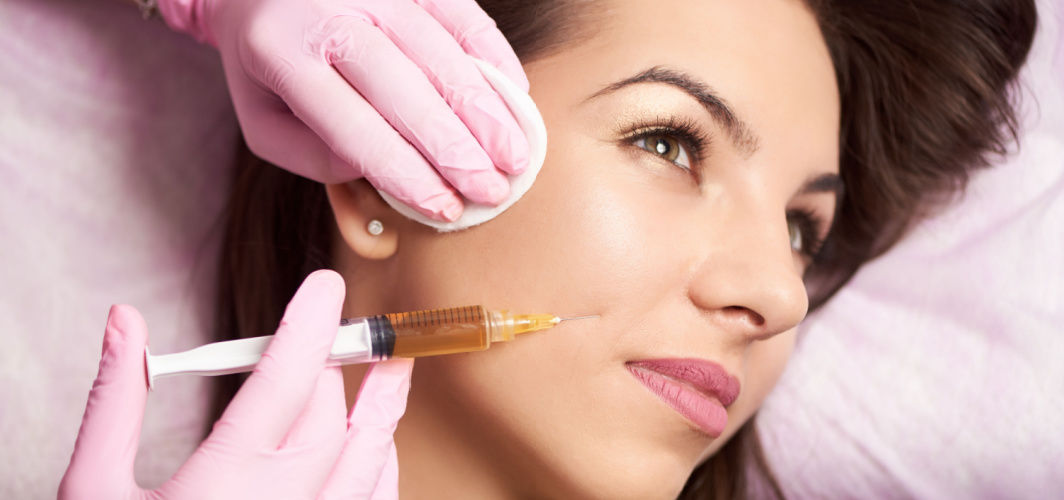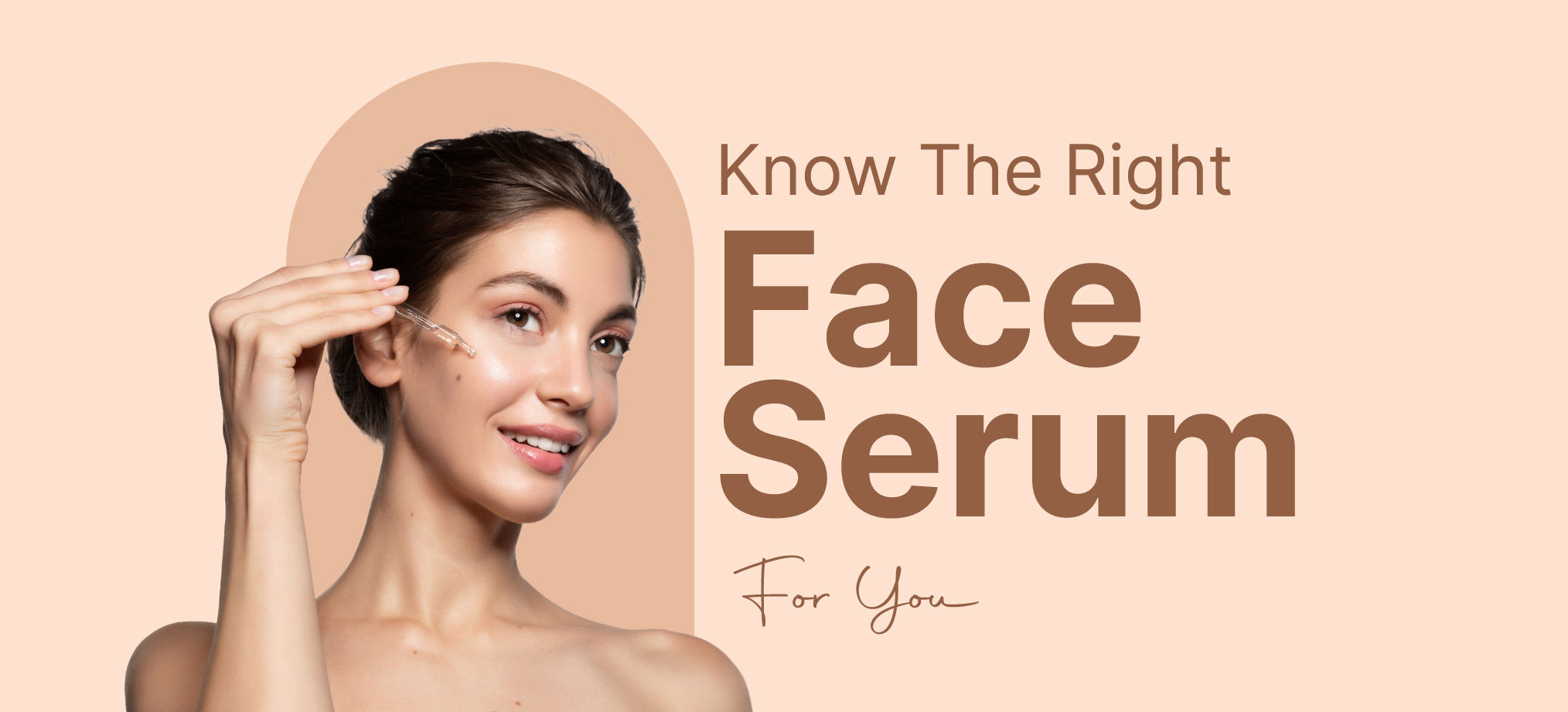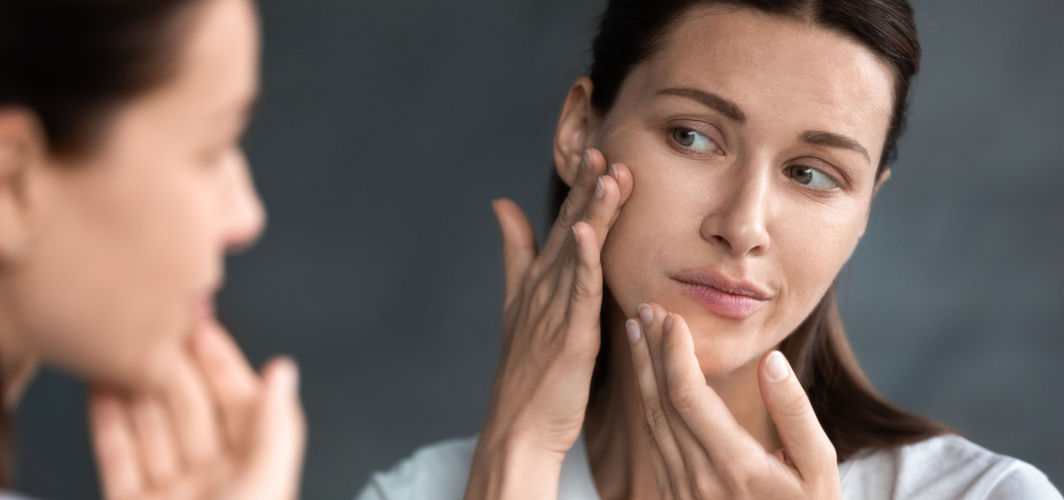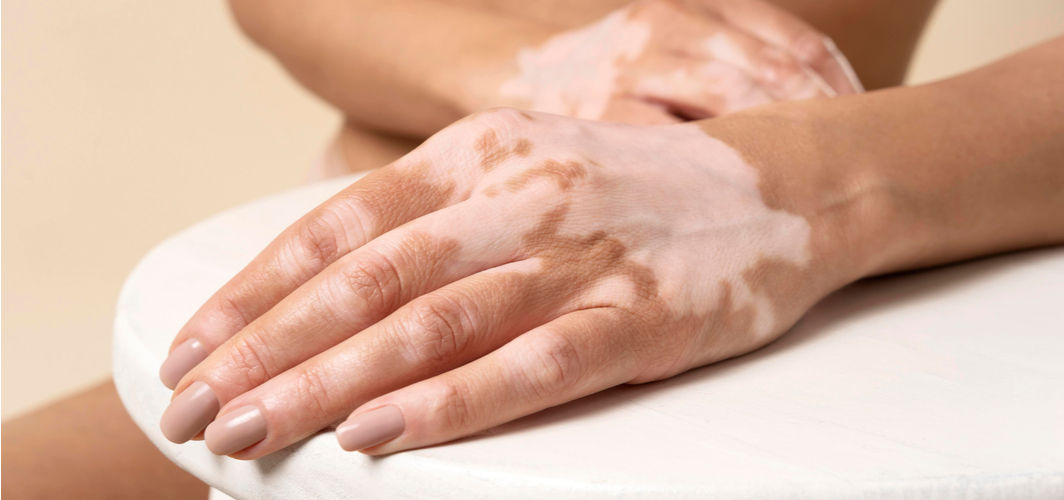Skin Care
Are Dermal Fillers Safe To Use?
5 min read
By Apollo 24|7, Published on - 31 May 2023, Updated on - 16 June 2023
Share this article
0
0 like

Ageing is inevitable and so are its signs that appear on the skin. Wrinkles, dark spots, pigmentation and fine lines are some of the common signs of ageing visible on the skin. However, several products in the market claim to reduce these signs significantly. But do they really work? While some of these products may help lessen the appearance of skin ageing, they cannot make your skin look young again.
This is where comes various cosmetic treatments, such as dermal fillers. While dermal fillers can provide wonderful results, it's crucial to understand the potential risks and care instructions involved. This short guide is here to help you address any concerns or questions, so you can feel confident and empowered as you explore the world of cosmetic treatments.
What are Dermal Fillers?
Dermal fillers are gel-like substances that are injected under the skin to create a smoother or fuller appearance. The most commonly used filler is hyaluronic acid, a glycosaminoglycan naturally found in our skin that hydrates and helps maintain a full and plump look.
Other effective fillers, such as calcium hydroxyapatite, a mineral and a major component of bone, are also available.
Additionally, poly-L-lactic acid is a biodegradable, synthetic material, and polymethyl methacrylate (PMMA) that promotes collagen production and offers long-lasting benefits. It's important to note that while these fillers provide temporary results as the body breaks them down, PMMA consists of tiny round, smooth plastic beads not absorbed by the body, offering a longer-lasting effect.
Types of Fillers
1. Temporary Fillers: They offer results that typically last several months to a year. However, the effects are not permanent as our body breaks them down. However, they can still be long-lasting and significantly improve the desired area. However, it's important to note that subsequent treatments are usually required to maintain the desired effect. This means periodic touch-ups or additional filler injections may be necessary to sustain the initial outcome.
2. Permanent Fillers: They are designed to be more durable and can provide longer-lasting effects than temporary fillers. However, even with permanent fillers, changes may occur over time due to factors such as natural ageing or shifts in facial structure. You may require periodic touch-ups or adjustments to address these changes and ensure the continued desired outcome.
Are Fillers Safe?
Dermal fillers are safe when administered by trained professionals. They have a long history of safe use, and have received approval from regulatory bodies like the U.S. Food and Drug Administration (FDA).
Though adverse reactions are rare, some common side effects include bruising, swelling and redness. These side effects are just for a few days and will heal with cold packs and over-the-counter painkillers. Choose a qualified practitioner who is experienced and reputable in administering fillers to minimise these risks. By doing so, you can ensure a safer and more satisfying experience.
How To Deal With Complications?
Adverse side effects can still arise due to allergic reaction or improper use of the filler on the patient. Some of these effects include:
- Infection
- Scarring
- Lump formation
- Skin discolouration
- Necrosis
Most filler experts use intralesional corticosteroid injections to reduce inflammation and other complications. Additionally, if an overcorrection occurs, hyaluronidase is used to dissolve the excess filler and restore a more natural appearance.
However, in the case of skin necrosis or vascular events, immediate action is crucial. Skin necrosis refers to the death of skin tissues, which can occur in rare cases due to compromised blood flow. Vascular events, such as blockage or injury to blood vessels, can also be serious complications. Seek emergency medical care and inform your practitioner about the situation.
What Can You Do to Minimise Reactions?
Here are a few tips that can help you keep adverse reactions at bay post-filler treatment:
- Consultation: Before undergoing filler treatment, consult your practitioner to discuss your concerns and expectations and provide your complete medical history. Inform your practitioner about any known allergies, previous adverse reactions to fillers, or existing medical conditions you may have.
- Try Temporary Fillers: It is advisable to start with temporary fillers to evaluate the results and determine if they meet your expectations before considering permanent options.
- Injection Site Preparation and Technique: The treatment begins after the consultation and selection of a suitable filler. The first step is to clean the injection site, and then a topical or local anaesthetic may be applied to minimise discomfort during the procedure. The practitioner will then inject the filler using a fine needle or cannula, which typically takes 15-30 minutes. The dispersion of the fillers into the skin requires expertise; only professionals should perform as they have studied the techniques and have done this multiple times.
- Post-Procedure Care: After the procedure, immediate aftercare is crucial to reduce swelling and bruising. Applying ice packs and gentle pressure can help with this. Avoid strenuous exercises, touching your face, excessive sun exposure, and certain medications like blood thinners.
- Follow-up Appointments: The experts also recommend scheduling follow-up meetings with your practitioner to assess the outcome and address any concerns that may arise.
Dermal fillers can be a safe and effective option for addressing cosmetic concerns. Remember to choose a qualified practitioner, communicate your medical history, and follow the recommended aftercare instructions. By understanding the potential risks and taking appropriate measures, you can safely make informed decisions and achieve the desired results.
Consult Apollo’s Expert Dermatologists
Medically reviewed by Dr Sonia Bhatt
Skin Care
Leave Comment
Recommended for you

Skin Care
Which Face Serum To Choose? Know The Ingredients & Their Health Benefits
Face serums are concentrated formulas with antioxidants, vitamins and other active ingredients that are designed to penetrate deep into the skin and repair the damage. Know the ingredients to understand which face serum will suit your purpose.

Skin Care
Worried About Premature Ageing of the Skin? Here’s What to Avoid!
Are you worried that your skin might be ageing earlier than expected? Don’t know why your skin is wrinkling and sagging? Read on to find out about the most common causes of premature ageing of the skin.

Skin Care
Can The Patchy Loss Of Skin Colour In Vitiligo Be Treated?
Due to the lack of awareness, vitiligo, a skin pigmentation condition, has been associated with an immense social stigma. Read here to know more about it.
Subscribe
Sign up for our free Health Library Daily Newsletter
Get doctor-approved health tips, news, and more.
Recommended for you

Skin Care
Which Face Serum To Choose? Know The Ingredients & Their Health Benefits
Face serums are concentrated formulas with antioxidants, vitamins and other active ingredients that are designed to penetrate deep into the skin and repair the damage. Know the ingredients to understand which face serum will suit your purpose.

Skin Care
Worried About Premature Ageing of the Skin? Here’s What to Avoid!
Are you worried that your skin might be ageing earlier than expected? Don’t know why your skin is wrinkling and sagging? Read on to find out about the most common causes of premature ageing of the skin.

Skin Care
Can The Patchy Loss Of Skin Colour In Vitiligo Be Treated?
Due to the lack of awareness, vitiligo, a skin pigmentation condition, has been associated with an immense social stigma. Read here to know more about it.
